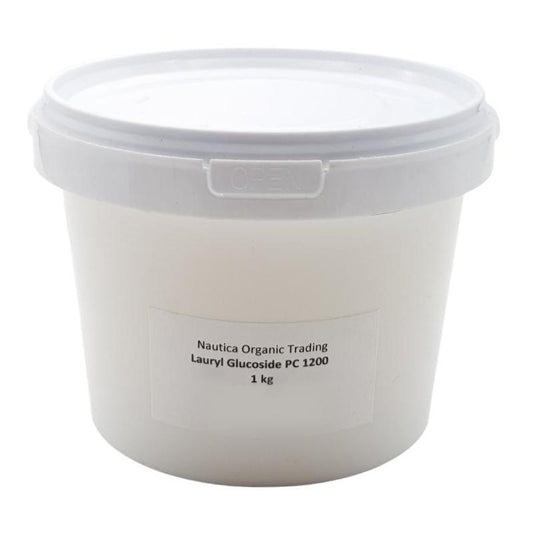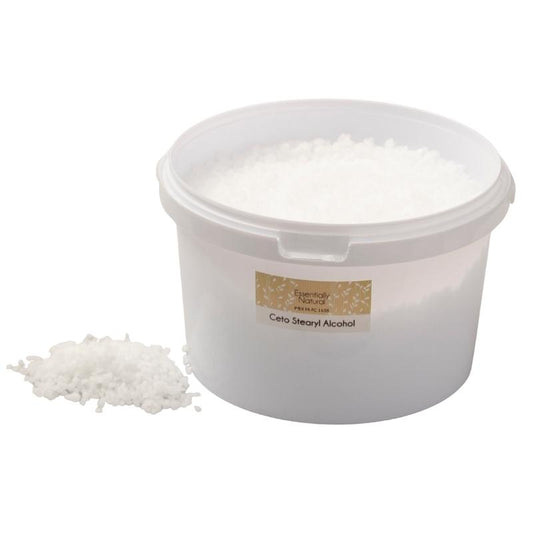
DIY Natural Home Cleaning
Juliette van der MeerAside from the garage, some of the most toxic chemicals can probably be found right in the heart of your home: under the kitchen sink. All those different cleaners we love to use (and one for every surface: tiles, bathroom, oven spray, window cleaner, shower cleaner, the list goes on) are packed full of chemicals, perfumes and nasties that can be quite detrimental to our health, not to mention bad for the environment.
How does Non-Toxic Cleaning Work?
Non-toxic cleaning is no new kid on the block. A quick Google search will yield endless recipes containing baking soda, vinegar, borax, castile soap, hydrogen peroxide and even vodka. The recipes typically react vinegar (an acid) with baking soda (a base) to make a cleaning 'volcano' of steam and bubbles which will hopefully blast away dirt and grime. Because these reactions are so powerful they actually have the potential to damage plumbing, silicon, grouting and even natural surfaces such as wood if used too frequently.
Why not just use Castile Soap?
Castile soap is great at natural cleaning but won't work so well in hard water areas, and is unsurprisingly also very sudsy, leaving a soapy residue on surfaces that you will need to rinse several times to remove - not something you necessarily want when surfaces are used for food preparation. While these green cleaning solutions definitely do the trick, if you want something a bit more hard working that won't do any damage, you may want to consider surfactants.
Why choose surfactants?
Natural surfactants are designed to clean and require no chemical reactions to work. They cut through dirt and grease like a hot knife through butter and are gentle, fully biodegradable and eco-friendly. Before working with surfactants, I do recommend that you read A Beginner's Guide to Surfactants as this gives a good background to anyone unfamiliar with them.
The surfactants we have access to in SA are the glucosides (decyl-, coco- and lauryl-), betaines and sodium lauroyl sarcosinate. Because of their chemistry structure, the glucosides unfortunately can't be thickened with salt like anionic surfactants. So if you want to thicken any of your glucoside-based surfactant products, use xanthan gum gel (see recipe here). Sodium lauroyl sarcosinate is an anionic surfactant and therefore can be thickened with salt. It interestingly also thickens up at pH 5. So using this surfactant in your formula will cut out the need for xanthan gum.
We love the cleansing power of lemon, orange, lemongrass and rosemary essential oils, so adding these to your cleaning formula will help boost it and provide a pleasant scent. You can also add abrasive cleaners such as baking soda or borax if you need to get rid of some tough dirt.
All Purpose Cleaner
Here is a balanced surfactant blend mixed with water and citrus oils for their additional cleaning power. This liquid cleaner can be used on any surface.
Ingredients:
- 740ml distilled water
- 150ml lauryl glucoside
- 50ml coco betaine
- 30ml decyl glucoside
- Lemon essential oil, orange essential oil
- Citric acid solution (pH adjuster)
- 10ml potassium sorbate (preservative)
- Xanthan gum gel (if you want to thicken)
Others:
Method:
This recipe makes just over a litre, so halve it if you don't want so much. Make up a citric acid solution by dissolving ½ tsp citric acid in a small amount of water.
- Blend the decyl and lauryl glucoside with the coco betaine to form a paste.
- Add in the water and gently mix with a whisk or blender. Try not to make too many bubbles as you go.
- Add in the potassium sorbate, essential oils.
- Adjust the pH down with a dash of citric acid, testing with pH strips to around 6 or 7. If you want a thicker formula, simply blend in a portion (half a cup should do it) of xanthan gum gel. Pour into a pump dispenser bottle and use to clean all kinds of surfaces.
Mild Kitchen Cleaner & Disinfectant
This formula is a bit milder for general use in the kitchen such as wiping down appliances and surfaces and keeping things fresh and sparkly clean.
Ingredients:
- 500ml distilled water
- 50ml coco glucoside
- 50ml coco betaine
- Citric acid solution (pH adjuster)
- 7g potassium sorbate (preservative)
- Essential oils of choice, try lemon and lemongrass
Others:
Method:
- Blend the surfactants together and add to the water, stirring gently to not create too many bubbles.
- Add the potassium sorbate and essential oils.
- Test with pH strips and adjust the pH down to around 7 with the citric acid solution.
To use, spray on surfaces then wipe with a damp cloth.





















2 comments
Hi there,
Yes! That’s actually a great idea :)
HEC is a great choice for surfactant-based formulations because it provides a smooth, clear gel and is compatible with a wide range of pH levels.
A quick guide on it:
1. Slowly sprinkle HEC into room-temperature water while stirring to prevent clumping. Let it sit for a few hours (or overnight) to fully hydrate.
2. Once fully hydrated, add it to your mixture after blending the surfactants with water. Stir gently to avoid excessive foaming.
3. The viscosity will depend on the percentage used, so start with around 0.5%–1% HEC and adjust based on your desired thickness.
We hope that helps and wish you all the best!!!
Kindest Regards,
Essentially Natural Support
Can you use HEC as a thickener in the all purpose cleaning recipe instead of xanthum gum?